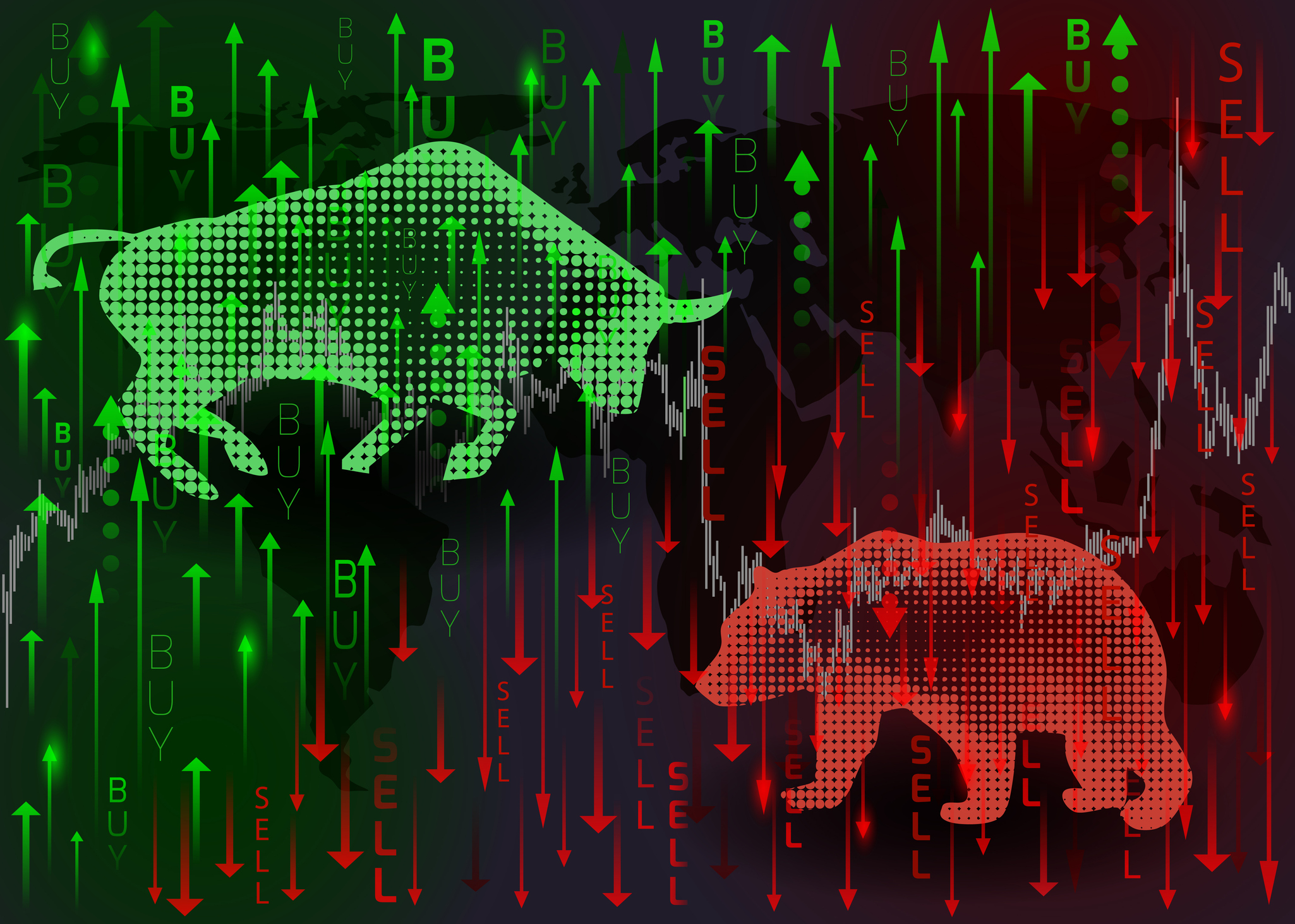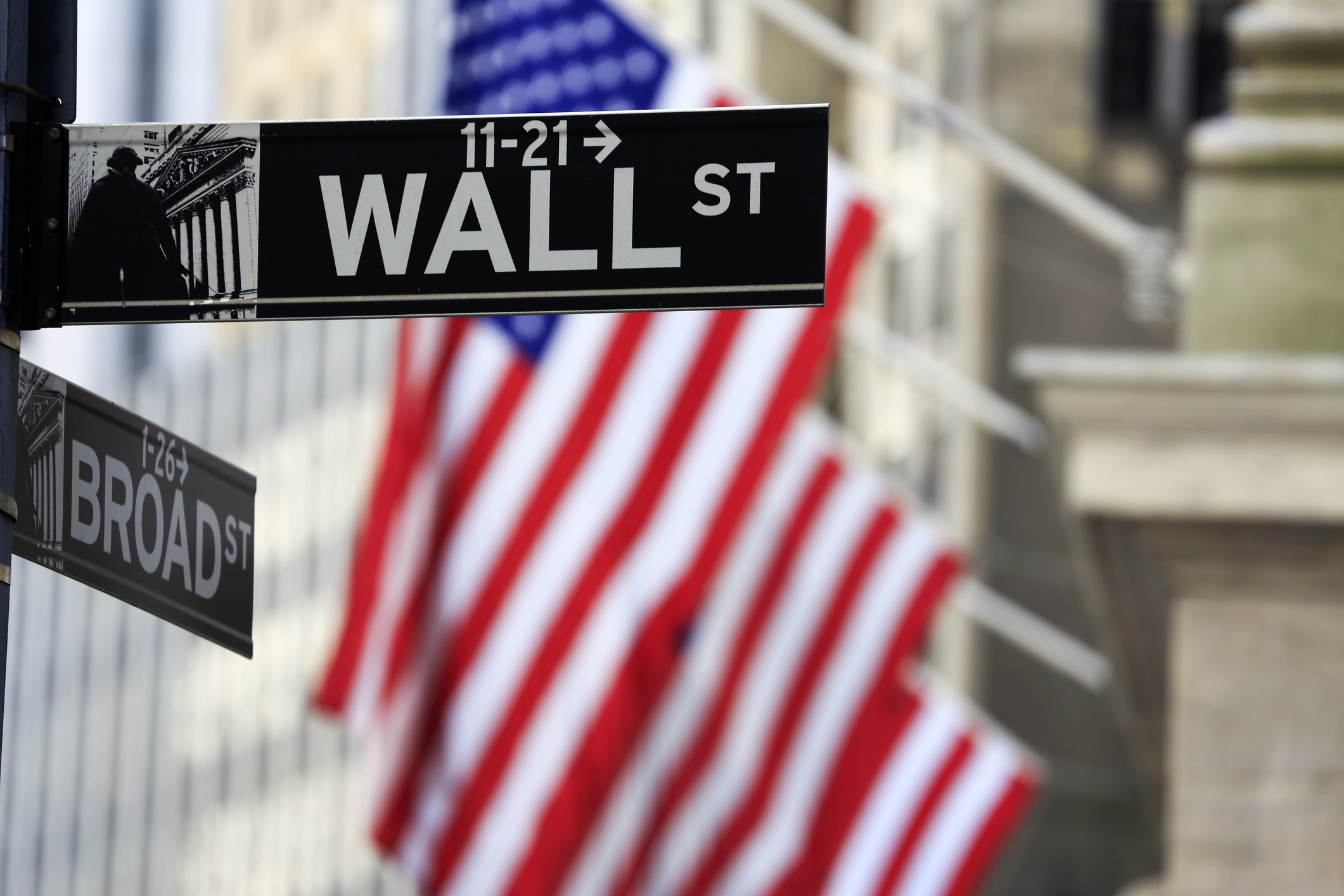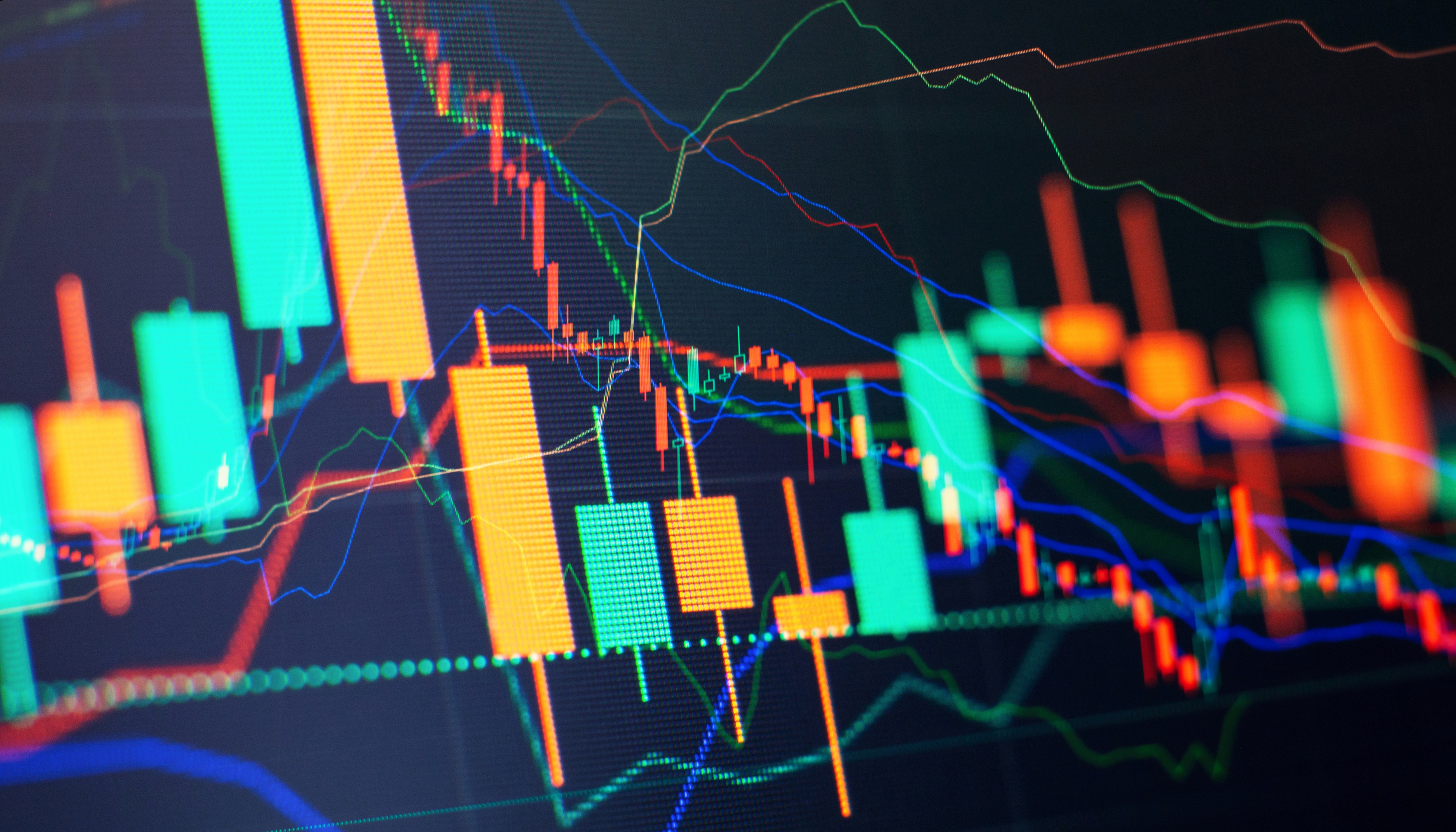Bullish on Dividends
Even though the Dogs of the Dow include three health stocks, they should have another fine year.

Investors have been conditioned to think that cash payouts are a defensive maneuver, and that stocks with higher yields are safer holdings in dicey markets. And now that the top 15% tax rate on dividends has been extended for another two years, dividend-paying stocks can continue to hold bragging rights over other investments, such as Treasury securities and corporate bonds, that generate comparable interest income. But last year offered powerful evidence that dividend-paying stocks can be a sound investment even if you're optimistic about the market.
That runs counter to piles of academic studies that argue that dividends are a drag on investment returns in a rising stock market or an expanding economy. That's because companies are supposed to use their spare cash to expand, buy other businesses or do something more imaginative than return it to their shareholders. But last year's strong stock-market gains went hand in hand with $26.5 billion in dividend increases, and the same forces are still at work: slowly improving economic growth, strong corporate balance sheets with plenty of excess cash, access to still-cheap credit, and confidence that profits will stay healthy. So here are a couple of ways to combine juicy dividends with aggressive stock-market expectations.
Dogs That Bite
Start with one of the most familiar dividend-oriented strategies, the Dogs of the Dow. This maneuver involves buying shares of the ten highest-yielding companies in the Dow Jones industrial average -- called the Dogs because a high dividend yield can stem from a depressed share price -- and revisiting the list a year later to adjust accordingly. In 2010, the Dogs returned 21.0%, compared with 14.0% for the entire Dow (and 15.1% for Standard & Poor's 500-stock index). The list includes AT&T (symbol T) and Verizon (VZ), whose early-January yields of 6.0% and 5.4%, respectively, dwarf what you can get by owning their own short- or intermediate-term bonds.
From just $107.88 $24.99 for Kiplinger Personal Finance
Become a smarter, better informed investor. Subscribe from just $107.88 $24.99, plus get up to 4 Special Issues

Sign up for Kiplinger’s Free Newsletters
Profit and prosper with the best of expert advice on investing, taxes, retirement, personal finance and more - straight to your e-mail.
Profit and prosper with the best of expert advice - straight to your e-mail.
At the start of 2011, Dog lovers would have added Johnson & Johnson (JNJ) and Intel (INTC) and removed Boeing (BA) and Home Depot (HD). The portfolio would also have McDonald's (MCD), DuPont (DD), Kraft Foods (KFT), Chevron (CVX), Merck (MRK) and Pfizer (PFE). Even though the Dogs include three health stocks -- all problematic for a variety of reasons -- they should have another fine year, especially the food, phone and industrial companies. Plus, the Dogs give you an average dividend yield of 3.9%.
Other groups of stocks are capable of running with the Dogs, as well as beating the overall stock market. To screen for additional high-yielding winners, I first looked up companies that had racked up more than 50 straight years of dividend increases. I further refined my search by screening for firms that are sitting on piles of cash. This isn't the same list as Standard & Poor's "dividend aristocrats" because not all of my companies are in the S&P 500. My group -- let's call them the True Believers -- chalked up excellent total returns last year. The top ten names, ranked by the number of years of consecutive dividend increases, produced an average total return of 23.5%. They were led by Parker Hannifin (PH), up 59%; Dover (DOV), up 44%; and Genuine Parts (GPC), up 41%. Oddly enough, two of the weaker links were Procter & Gamble (PG) and 3M (MMM), which are in the Dow but don't qualify as Dogs because they don't yield enough. Nevertheless, I still think the shares of 3M and P&G will do much better in 2011 than, say, a general government-bond fund or a ladder of CDs.
I could easily slice and dice the dividend record to come up with other portfolios that should have a good year, assuming that interest rates don't spike and choke off the bull market. If you're having second thoughts about your bonds, go for solid companies that pay generous dividends.
Profit and prosper with the best of Kiplinger's advice on investing, taxes, retirement, personal finance and much more. Delivered daily. Enter your email in the box and click Sign Me Up.

Kosnett is the editor of Kiplinger Investing for Income and writes the "Cash in Hand" column for Kiplinger Personal Finance. He is an income-investing expert who covers bonds, real estate investment trusts, oil and gas income deals, dividend stocks and anything else that pays interest and dividends. He joined Kiplinger in 1981 after six years in newspapers, including the Baltimore Sun. He is a 1976 journalism graduate from the Medill School at Northwestern University and completed an executive program at the Carnegie-Mellon University business school in 1978.
-
 Your Guide to Buying Art Online
Your Guide to Buying Art OnlineFrom virtual galleries to social media platforms, the internet offers plenty of places to shop for paintings, sculptures and other artwork without breaking the bank.
-
 Samsung Galaxy S25 Ultra for $4.99 a Month: A Closer Look at Verizon’s Deal
Samsung Galaxy S25 Ultra for $4.99 a Month: A Closer Look at Verizon’s DealVerizon’s aggressive pricing makes Samsung’s top-tier phone tempting, but the real cost depends on your plan and how long you stay.
-
 I'm 59 with $1.7 million saved and lost my job. Should I retire?
I'm 59 with $1.7 million saved and lost my job. Should I retire?We asked professional wealth planners for advice.
-
 3M, GM, Blue Chips Lead to the Upside: Stock Market Today
3M, GM, Blue Chips Lead to the Upside: Stock Market TodayThe S&P 500 followed the Dow Jones Industrial Average into green territory, but the Nasdaq lagged the other indexes because of its tech exposure.
-
 The Most Tax-Friendly States for Investing in 2025 (Hint: There Are Two)
The Most Tax-Friendly States for Investing in 2025 (Hint: There Are Two)State Taxes Living in one of these places could lower your 2025 investment taxes — especially if you invest in real estate.
-
 The Final Countdown for Retirees with Investment Income
The Final Countdown for Retirees with Investment IncomeRetirement Tax Don’t assume Social Security withholding is enough. Some retirement income may require a quarterly estimated tax payment by the September 15 deadline.
-
 What Tariffs Mean for Your Sector Exposure
What Tariffs Mean for Your Sector ExposureNew, higher and changing tariffs will ripple through the economy and into share prices for many quarters to come.
-
 Stock Market Today: Stocks Step Back From New Highs
Stock Market Today: Stocks Step Back From New HighsInvestors, traders and speculators continue the low-volume summer grind against now-familiar uncertainties.
-
 What Wall Street's CEOs Are Saying About Trump's Tariffs
What Wall Street's CEOs Are Saying About Trump's TariffsWe're in the thick of earnings season, and corporate America has plenty to say about the Trump administration's trade policy.
-
 Stock Market Today: Stocks Soar on China Trade Talk Hopes
Stock Market Today: Stocks Soar on China Trade Talk HopesTreasury Secretary Bessent said current U.S.-China trade relations are unsustainable and signaled hopes for negotiations.
-
 Stock Market Today: Mixed Messages Muddle Markets
Stock Market Today: Mixed Messages Muddle MarketsStocks cruised into pre-market action on encouraging news for the AI revolution but stumbled on yet another policy disturbance.